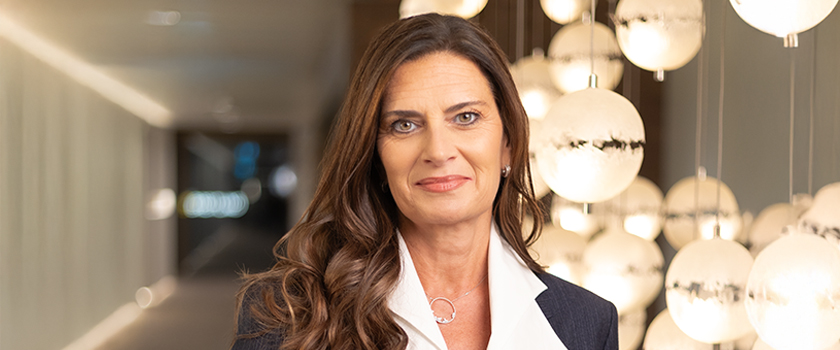05.01.2026
UBP Weekly View - Entering 2026
Despite geopolitical turbulence, equity markets closed 2025 with the third consecutive year of double-digit performances, while gold and fixed income also recorded solid annual returns. Looking ahead, the outlook for 2026 is broadly seen as constructive. However, recent short-term equity rotations reinforce the case for broadening exposures to structural growth themes. This week, investors will focus on US labour market data.










